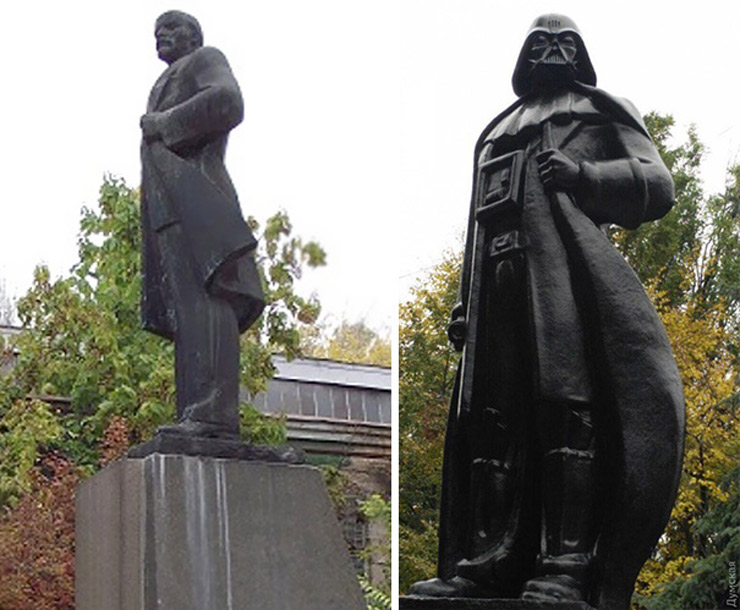What are you celebrating this season? We’re celebrating BSA readers and fans with a holiday assorted chocolate box of 15 of the smartest and tastiest people we know. Each day until the new year we ask a guest to take a moment to reflect on 2015 and to tell us about one photograph that best captures the year for him or her. It’s our way of sharing the sweetness of the season and saying ‘thank you’ for inspiring us throughout the year.
New York art juggernaut Carlo McCormick is a culture critic and curator at large, angling through the streets, galleries, museums, studios and vapor-filled back rooms of Gotham. He is the author of numerous books, monographs and catalogues on contemporary art and artists, and lectures and teaches at art symposia, festivals, universities and colleges. His writing has appeared in Effects : Magazine for New Art Theory, Aperture, Art in America, Art News, Artforum, Camera Austria, High Times, Spin , Tokion, Vice and other magazines. McCormick is Senior Editor of Paper magazine. He also is a cranky sage-like charmer whom we love and value for his insights and tirades.
Odessa, Ukraine
October 2015
Artist Oleksandr Milov
Photograph credit Dumskaya.net
As a culture of amnesiacs and liars we are always rewriting history to suit the present. This sculpture, by Oleksandr Milov, seems to capture the perversity and violence by which the past is continuously undone.
I don’t know much about this artist except that he does stuff that people who go to Burning Man think looks cool, and I have no idea who took the photographs, it was just one of those things that briefly became a meme in that screen of perpetual distraction we call the news. Though no doubt an intervention it would be hard to call this street art for it is really public sculpture- a radical defacement legitimized by the passing of a law in April by the Ukrainian Parliament banning Communist propaganda and symbols.
This becomes a rather ambitious and expensive program for a country that has already been looted by thugs and is currently fighting a war against Russian aggressions, especially considering that most things there are still named after some Soviet tyrant and most every public space seemingly has its own Lenin statue. Activists there have been addressing this unwanted Lenin population already, toppling statues, repainting them in the national colors of the Ukraine, and even covering them in a vyshyvanka, the traditional Ukrainian shirt.
Milov’s transformation however, a transference from one oppressor to another, merely trades one set of lies for another, those of the great American myth factory. Each is equally virulent, both before and after here are personifications of evil where their malevolent force must be measured not simply by might but by culture’s willingness to fully believe in their falsehood.
As the worst kind of public art we need to understand what monuments are: a kind of memorial, a way of representing memory in perpetuity. As we tend to this spectacle of public memory, Milov touches upon a rare strain that runs through this mundane legacy of forgotten heroes, a way of remembering the worst without the sentimentality of the lost (as in those monuments to wars and natural disasters) but with the epic monumentality of posterity by which the rich and powerful seek the eternal through bronze.
This past summer I came across a truly wonderful monument in Denmark put up in 1664 to a national traitor named Corfitz. It was a quite ugly large stone with the most remarkable inscription “To His Eternal Shame, Disgrace and Infamy.” This to me offers a viable path away from the morbid mediocrity of insipid monuments to historical irrelevance that seemingly choke town squares and parks around the world, a way to register our place on this planet as a kind of Monumental Shame.
~ Carlo McCormick
<<>>><><<>BSA<<>>><<<>><><<>>><><<>BSA<<>>><<<>><><<>>><>
Please note: All content including images and text are © BrooklynStreetArt.com, unless otherwise noted. We like sharing BSA content for non-commercial purposes as long as you credit the photographer(s) and BSA, include a link to the original article URL and do not remove the photographer’s name from the .jpg file. Otherwise, please refrain from re-posting. Thanks!
<<>>><><<>BSA<<>>><<<>><><<>>><><<>BSA<<>>><<<>><><<>>><>
 BROOKLYN STREET ART LOVES YOU MORE EVERY DAY
BROOKLYN STREET ART LOVES YOU MORE EVERY DAY















